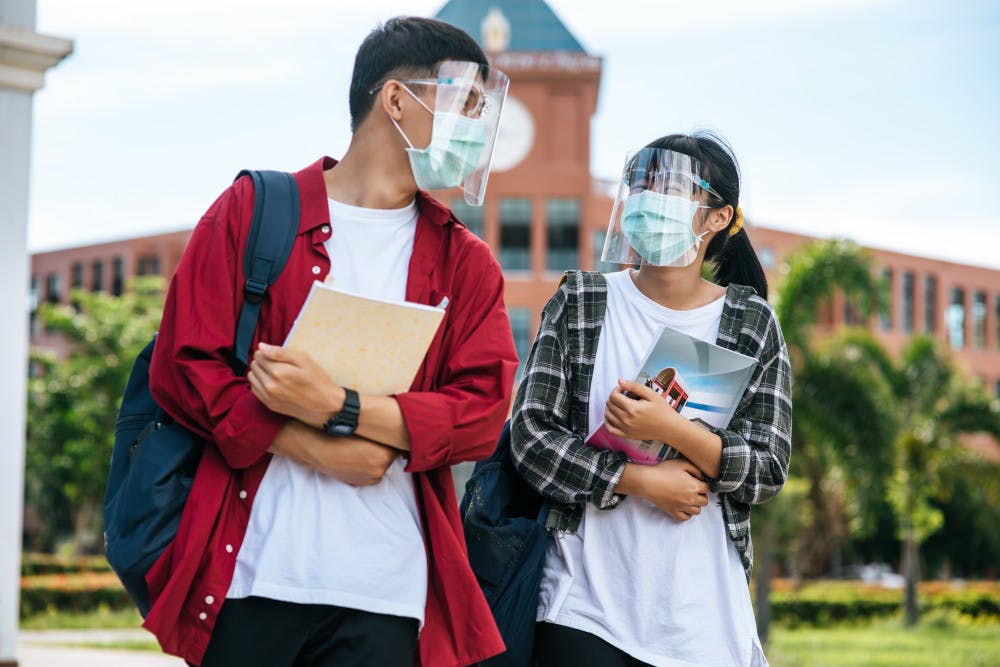By Hailey Ruane
Staff Writer
As Covid-19 cases continue to rise, colleges across the country have found ways of dealing with the virus while steadily working towards a normal college life for their students. While cases have climbed, there are noticeable differences to how universities handle the situations across the U.S.

Since the pandemic began early last March, “more than 1,900 American colleges and universities — including every four-year public institution and every private college that competes in N.C.A.A. sports — has revealed more than 397,000 cases and at least 90 deaths since the pandemic began,” The New York Times reported.
To combat the chances of the virus spreading, the majority of colleges have put rules in place that cause students to have tests performed on a certain schedule. The CDC states, “When a confirmed case of COVID-19 is identified on campus, contact tracing and quarantine of potentially exposed contacts should occur as soon as possible to reduce the risk of further transmission on campus. After potential contacts have been quarantined, close contacts should be tested in consultation with their healthcare providers and local health department.”
Alongside consistent testing across all campuses, contact tracing and quarantining for those at risk of carrying the virus are protocols that have been required for schools to open and operate.
Even with implementation of strict testing protocols, cases are still climbing for students both in on-campus housing and off-campus housing. Institutions such as Clemson University have been struggling with large numbers of cases.
Inside Higher Ed reports, “Clemson University, a public institution in South Carolina, appears to be among those at the front of the pack. The university has had 3,770 cases as of Oct. 8, according to a tracker from The New York Times. The university enrolls about 25,000 students, meaning that more than 14 percent of the student body has had COVID-19 this semester.”
Although these numbers are shockingly high, Clemson University remained open for the fall semester.
“We have no way to know precisely what is happening at every university around the nation, but we are certain our testing strategy...is more robust than many universities… so if we have an outsized number of cases identified, it’s likely a result of testing more,” a spokesperson from Clemson told Inside Higher Ed.
While some schools have closed down due to a certain number of cases being surpassed, Clemson University remained open and pushed for their students to stay on campus.
Clearly, different schools across the country have different perspectives on their own cases. The state of Florida has recently had a large number of cases. The colleges in Florida have also seen spikes in cases. An analysis done by The New York Times reported that Florida’s colleges have had a total of almost 20,000 cases.
When looking at a state with fewer Covid cases reported from campuses, Hawaii has had a consistent low number of cases, so their colleges have reported a huge difference in the number of cases — about 59 cases on campuses in total.
As students have been brought back on campus for the spring semester, there has been a natural spike in cases. University of Delaware, for example, recently faced a large number. Inside Higher Ed reported on Feb. 26 that there has been 147 cases in the past week.
The amount of cases were high enough for the school to change some rules in order to prevent further spread. WDEL states some of the new protocol put in place, “As a result, beginning at 11 a.m. on Friday, February 25, 2021, dining halls and food court items will be grab-and-go only… student centers will be reduced to 25%, and students will not be allowed to congregate to eat meals indoors, including in dorm room common spaces.”







